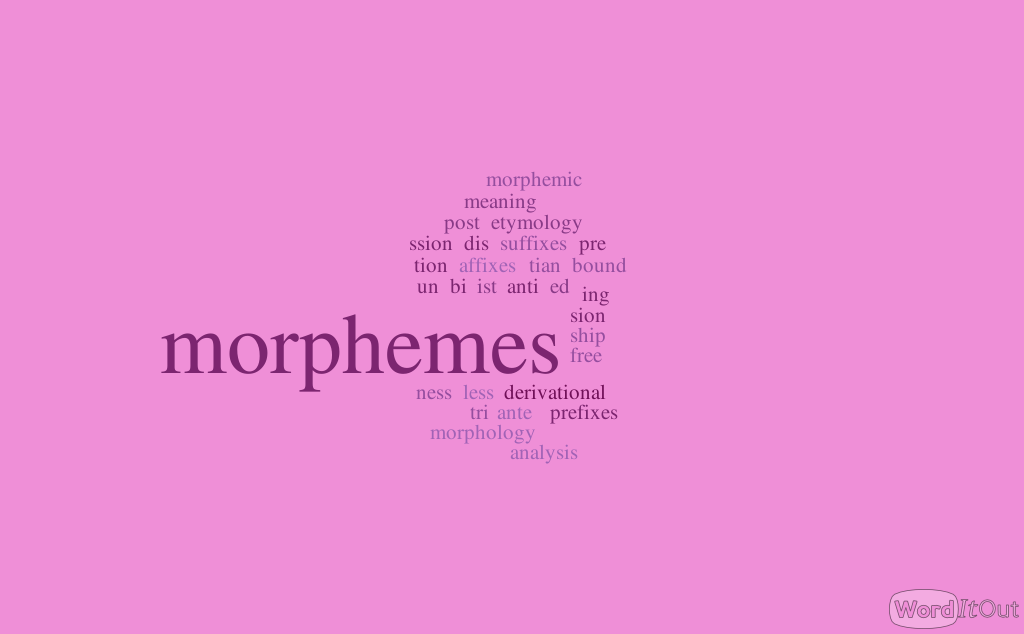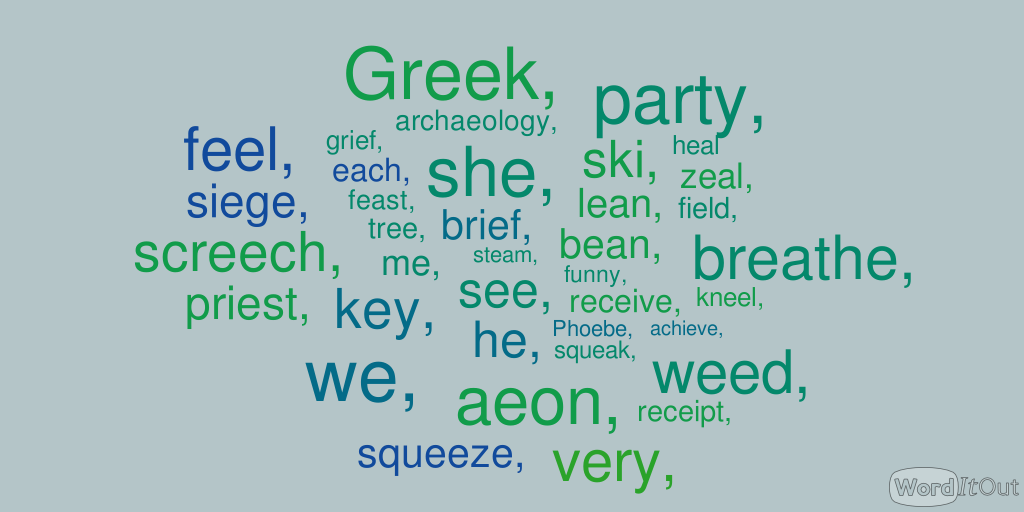3 things you wanted to know about the simple present
Ever wondered why when you’re teaching verb tenses that the simple present isn’t about the present? As readers of this blog will know by now, I’m keen on the idea of threshold concepts. A threshold concept, as defined by Glynis Cousins, is ‘central to the mastery of one’s subject’, especially because it enables teachers to ‘make… Continue reading 3 things you wanted to know about the simple present





